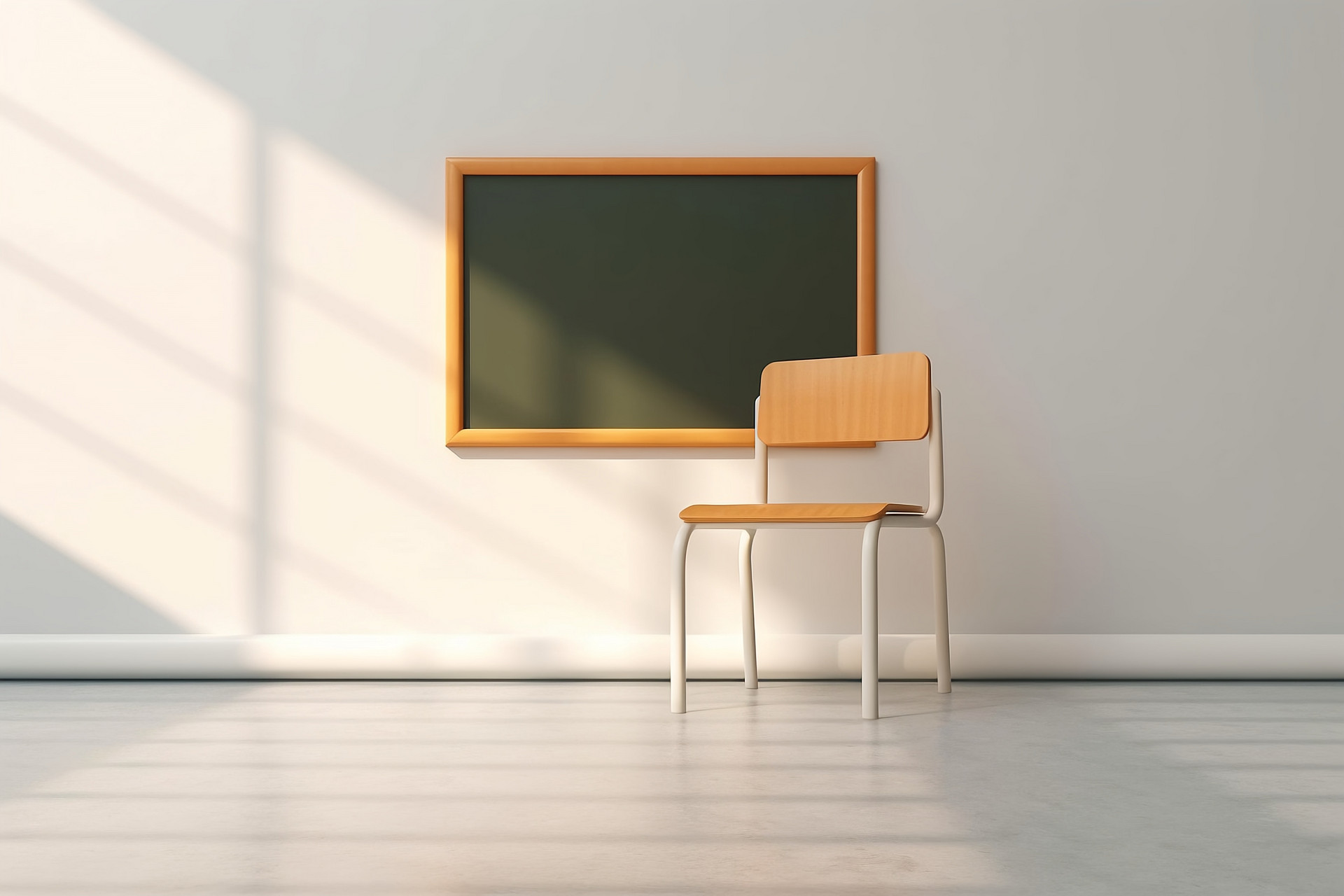Whether the school furniture meets environmental standards

1. Material Selection: Many manufacturers of school furniture prioritize the use of environmentally friendly materials in their production processes. This includes opting for sustainable wood sources, recycled metals, and low-emission adhesives to minimize the environmental impact of furniture manufacturing.
2. Certifications and Compliance: Numerous environmental certifications and standards guide the production of sustainable furniture. Manufacturers may adhere to certifications such as Forest Stewardship Council (FSC) certification for wood products, GreenGuard certification for low-emission materials, or LEED certification for sustainable building practices to ensure compliance with environmental standards.
3. Energy Efficiency: School furniture manufacturers often implement energy-efficient production processes to reduce energy consumption and minimize carbon emissions. This may involve investing in energy-efficient machinery, optimizing manufacturing workflows, and implementing recycling and waste reduction initiatives to reduce the environmental footprint of furniture production.

4. Recyclability and Disposal: Sustainable school furniture is designed with end-of-life considerations in mind. Manufacturers prioritize recyclable materials and modular designs that facilitate disassembly and recycling at the end of the product's lifespan. This reduces the environmental burden of furniture disposal and promotes circular economy principles.
5. Reduced Chemical Exposure: Environmentally friendly school furniture is manufactured using materials with minimal chemical additives and emissions. This reduces the risk of indoor air pollution and chemical exposure in educational settings, creating healthier learning environments for students and staff.
6. Life Cycle Assessment: Life cycle assessment (LCA) is a tool used to evaluate the environmental impact of products throughout their entire life cycle. Manufacturers of school furniture may conduct LCAs to identify areas for improvement and optimize environmental performance across all stages of the product life cycle.
7. Supplier Engagement: School furniture manufacturers collaborate with suppliers who share their commitment to environmental sustainability. This includes sourcing materials from environmentally responsible suppliers, conducting supplier audits to ensure compliance with environmental standards, and fostering transparency and accountability throughout the supply chain.

8. Continuous Improvement: Environmental sustainability is an ongoing journey, and school furniture manufacturers are continually striving to improve their environmental performance. This may involve setting targets for reducing carbon emissions, implementing energy-saving initiatives, and investing in research and development to develop innovative, eco-friendly materials and production techniques.
In conclusion, school furniture manufacturers recognize the importance of environmental sustainability and are actively taking steps to ensure that their products comply with environmental standards. By prioritizing sustainable material selection, certifications and compliance, energy efficiency, recyclability, reduced chemical exposure, life cycle assessment, supplier engagement, and continuous improvement, the education sector is moving towards a more environmentally responsible approach to furniture design and production.

